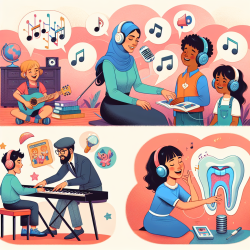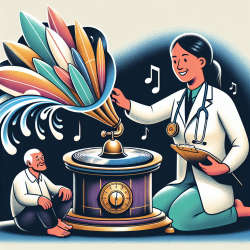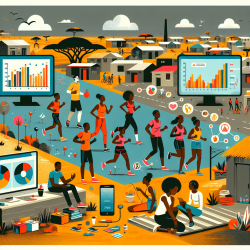Understanding the Study
The study aimed to compare the effectiveness of three different oral health education methods for visually impaired children:
- Audio Tactile Performance (ATP) alone
- ATP combined with oral health education for mothers
- ATP along with an art package including game-based and music-based education
The research involved 200 visually impaired children from preschool to 10th grade in Tehran, Iran. Children were divided into three groups and received interventions that included baseline and follow-up oral examinations. The primary outcome measures were improvements in the Simplified Oral Hygiene Index (OHI-S) and reductions in Bleeding on Probing (BOP).
Key Findings
The study revealed that:
- All three methods led to significant improvements in oral hygiene over time.
- There was no statistically significant difference between the groups in terms of mean OHI-S and odds of BOP.
- The ATP technique alone was effective in improving the oral health status of visually impaired children.
Implementing These Findings in Practice
For practitioners looking to enhance their skills and outcomes for visually impaired children, integrating the ATP technique into oral health education programs can be highly beneficial. Here are some actionable steps:
- Incorporate Multisensory Education: Utilize auditory and tactile methods to teach oral hygiene. This can include verbal instructions combined with hand-over-hand guidance to ensure proper brushing techniques.
- Engage Mothers: While the study found no significant difference when mothers were educated, involving them in the process can provide additional support and reinforcement at home.
- Use Art and Music: Although the children in the study found brushing without music easier at home, incorporating music and games in educational sessions can make learning more enjoyable and memorable.
Encouraging Further Research
The study highlights the need for further research to explore the long-term effects of these educational methods and the role of mothers in oral health promotion. Researchers and practitioners are encouraged to:
- Conduct larger-scale studies with longer follow-up periods to assess the sustainability of these interventions.
- Explore additional multisensory educational tools and techniques that could further enhance oral health outcomes for visually impaired children.
At TinyEYE, we are dedicated to leveraging data-driven insights to provide the best possible outcomes for the children we serve. By incorporating these research findings into our practice, we can continue to empower visually impaired children with the knowledge and skills they need for better oral health.
To read the original research paper, please follow this link: A music- and game-based oral health education for visually impaired school children; multilevel analysis of a cluster randomized controlled trial.










